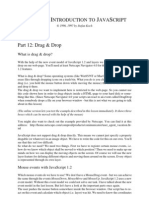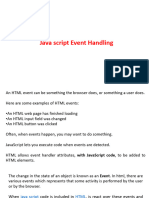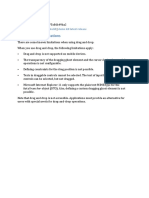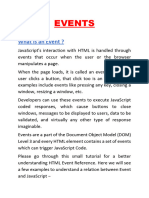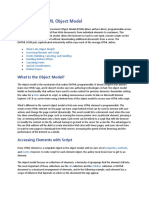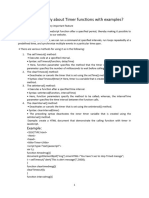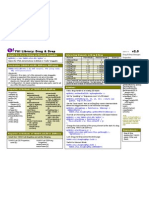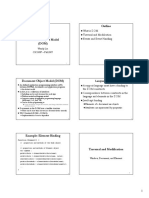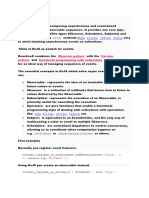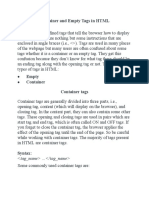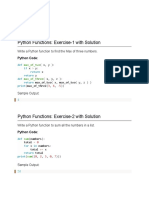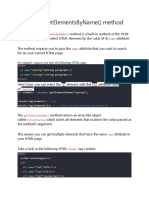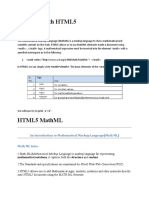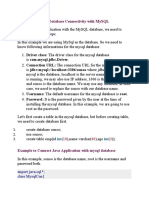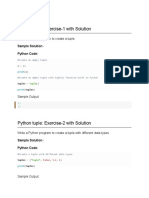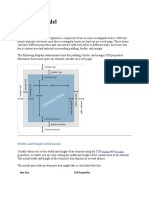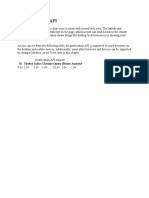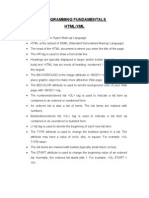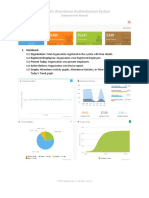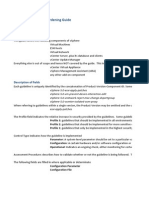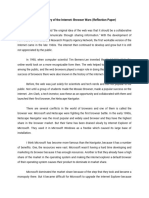0% found this document useful (0 votes)
86 views3 pagesHTML5 Drag and Drop
Drag and drop events include ondragstart, ondragenter, ondragover, ondragleave, ondrag, ondrop, and ondragend. To make an element draggable, set its draggable attribute to true. The ondragstart event specifies the dragged data using setData(). The ondragover event allows dropping via preventDefault(). The ondrop event retrieves the data and appends the element into the target using getData() and appendChild().
Uploaded by
devendraCopyright
© © All Rights Reserved
We take content rights seriously. If you suspect this is your content, claim it here.
Available Formats
Download as DOCX, PDF, TXT or read online on Scribd
0% found this document useful (0 votes)
86 views3 pagesHTML5 Drag and Drop
Drag and drop events include ondragstart, ondragenter, ondragover, ondragleave, ondrag, ondrop, and ondragend. To make an element draggable, set its draggable attribute to true. The ondragstart event specifies the dragged data using setData(). The ondragover event allows dropping via preventDefault(). The ondrop event retrieves the data and appends the element into the target using getData() and appendChild().
Uploaded by
devendraCopyright
© © All Rights Reserved
We take content rights seriously. If you suspect this is your content, claim it here.
Available Formats
Download as DOCX, PDF, TXT or read online on Scribd
/ 3






